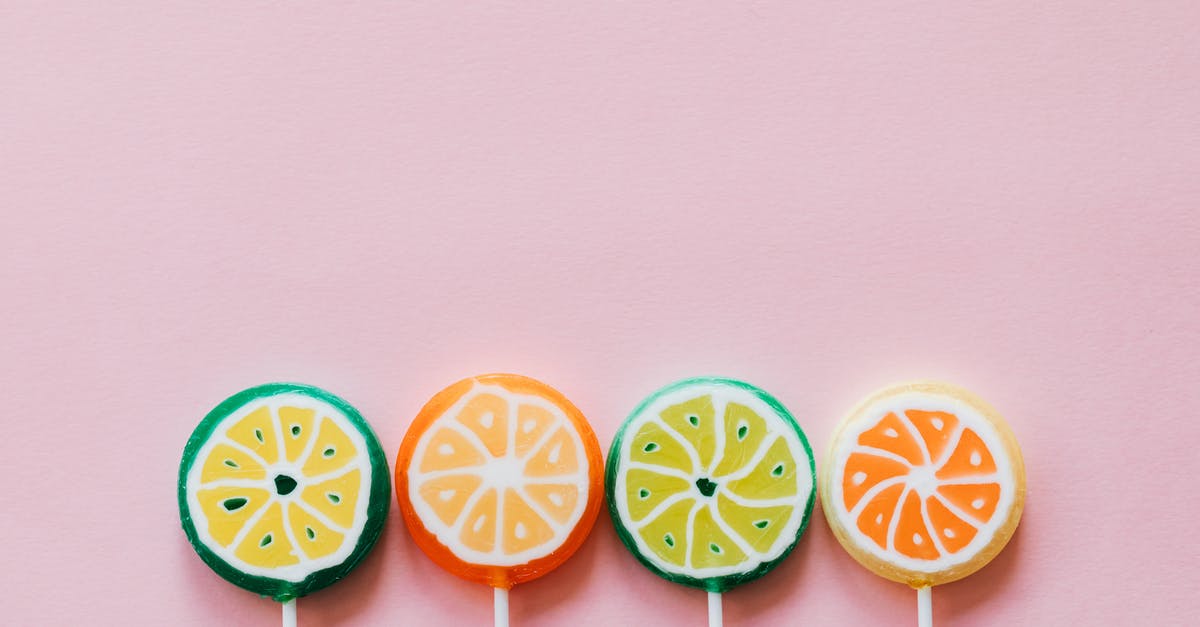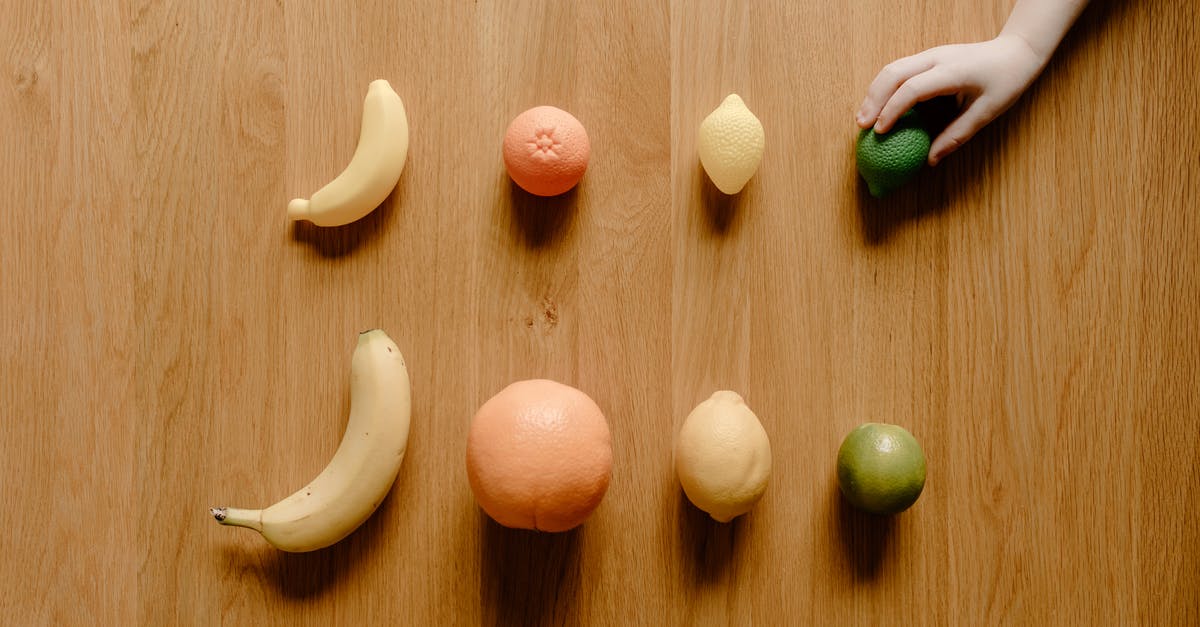What are the fundamental differences between citrus fruits that necessitate different cooking techniques?

I used to cook pastries and tarts quite a bit, and one thing that always intrigued me was how recipes vary in their treatment of citrus. For instance, if you make a lemon tart, you can generally do the whole thing in one day and it'll set up just fine. An orange tart like tart a l'orange seems to require the filling to set for several hours longer.
Aside from obvious flavor differences between citrus fruits (lemons, limes, oranges, grapefruit, etc.) are there acidity or other variances that require different techniques to get basically the same results? If I used limes in lemon tart recipe, would I get a lime tart?
This link on Wikipedia wasn't all that helpful...
Best Answer
There are three (to the best of my knowledge) main factors at work here:
Pectin. This is a gelling agent, a bit like gelatin. Fruits such as apples and plums are very high in pectin; citrus fruits are not that high in pectin but citrus peels are incredibly high, so if you're using any of the peel, you're getting tons of great pectin.
Obviously, the more pectin, the faster and firmer it's going to gel. If the fruit doesn't contain much pectin then you're going to have to cook it down a lot or just add actual pectin (you can buy it in stores).
Acidity, as you suspect, makes a big difference. It's not just acidity, it's the relationship of acidity to pectin as above. For more details read The Role of Acid in Jelly Formation. Basically, pectin gels best at a pH of 2.5 (almost exactly the pH of lemon juice) to 4.5 (about the pH of sweet grapes).
It's best to hit the sweet spot in the middle rather than the extreme ends, so you won't generally be using pure lemon juice, you'll be adding some sugar and other ingredients. Which leads me to the final factor:
Sugar. As described in The Role of Sugar in Jelly Formation, sugar precipitates the pectin, basically making the pectin molecules less soluble which mimics the effect of a higher concentration. Therefore, more sugar makes the jelly set faster.
So: Pectin-rich fruits + high acidity + high sugar content = fast setting.
There are actually various other factors that affect the pectin (which is pretty much the only gelling agent at work when working with natural fruit jellies) like salts and even alcohol, but in the vast majority of recipes, it's acidity and sugar that are your primary concerns as well as the actual pectin content of the fruit itself.
Pictures about "What are the fundamental differences between citrus fruits that necessitate different cooking techniques?"



What is the difference between citrus and fruit?
Citrus trees are fruit trees, but fruit trees are not citrus. That is, the fruit is the seed bearing part of the tree that is usually edible, colorful, and fragrant. It is produced from a floral ovary after fertilization. Citrus refers to the shrubs or trees of the family Rutaceae.What is citrus used for in cooking?
Grilling: Grilling citrus adds a subtle, smoky flavor and makes the fruit extra juicy. It's easy: simply slice a lemon, mandarin or orange in half and grill face down until you see grill marks! Zesting: Citrus zest perks up baked goods, pasta, salads or desserts, and it's a great salt substitute.What method of cooking is usually applied to fruits?
Moist Heat Cooking Poaching, stewing, sauces, or compotes (fruit cooked in a sugar syrup with spices) are examples of moist cooking. Fruits commonly cooked using these methods are pears, apples, peaches, nectarines, plums, and apricots. Figs, grapes, quinces, and bananas also lend themselves to moist heat preparation.What are the different varieties of citrus fruits?
List of citrus fruitsCommon name(s)Taxonomic name/constituentsBitter orange Seville orange Sour orange Bigarade orange Marmalade orangeCitrus \xd7 aurantiumBlood orangeCitrus \xd7 sinensisBuddha's hand Bushukan Fingered citronCitrus medica var. sarcodactylisCalamondin Calamansi\xd7 Citrofortunella mitis66 more rowsPicking The Right Citrus For Every Recipe - The Big Guide | Epicurious
Sources: Stack Exchange - This article follows the attribution requirements of Stack Exchange and is licensed under CC BY-SA 3.0.
Images: Karolina Grabowska, SHVETS production, Karolina Grabowska, Tara Winstead
